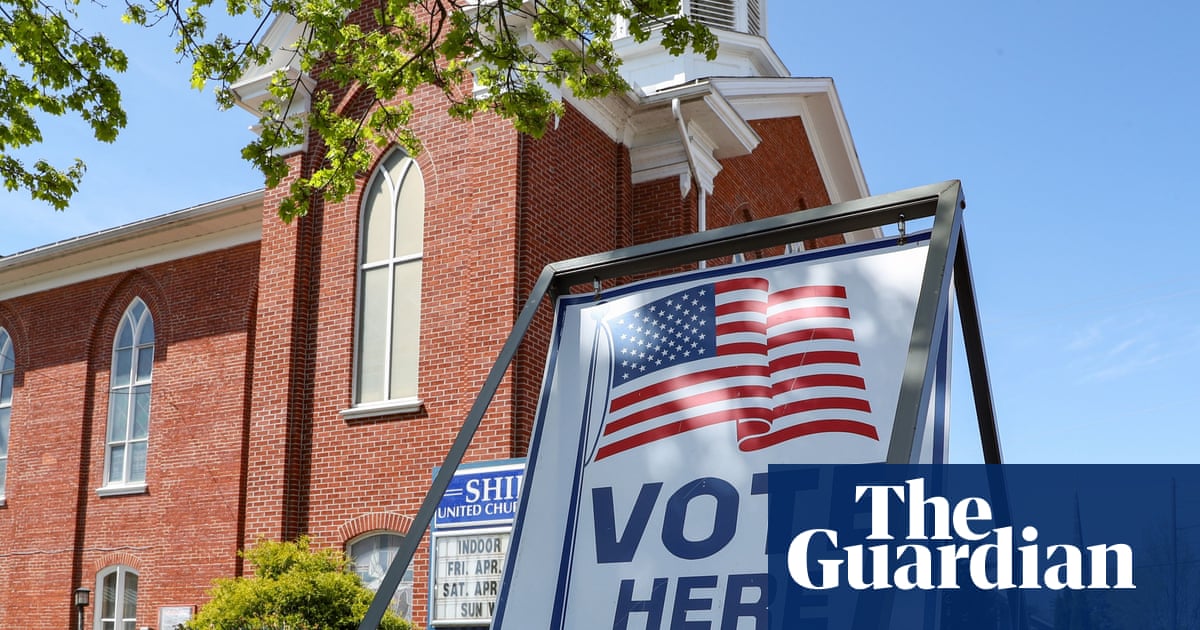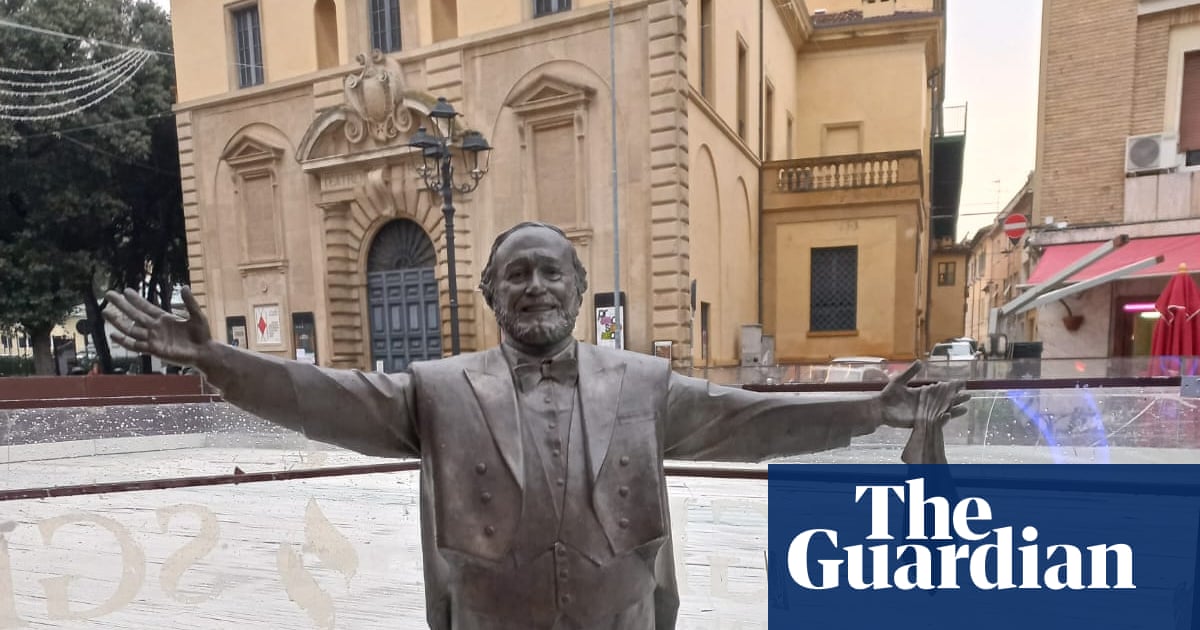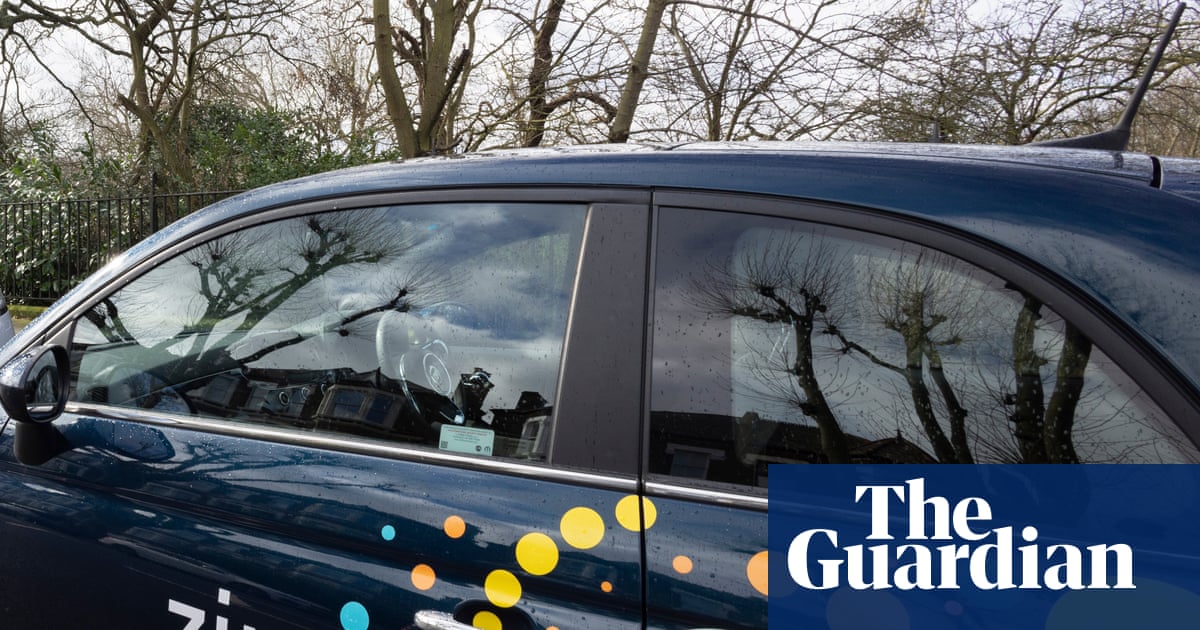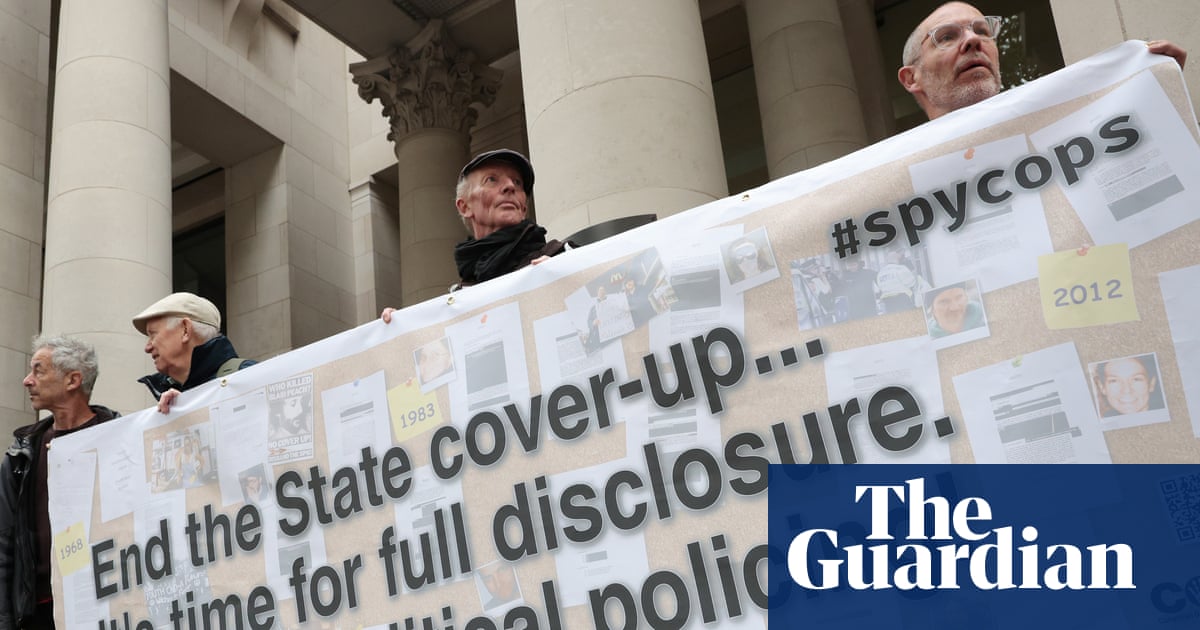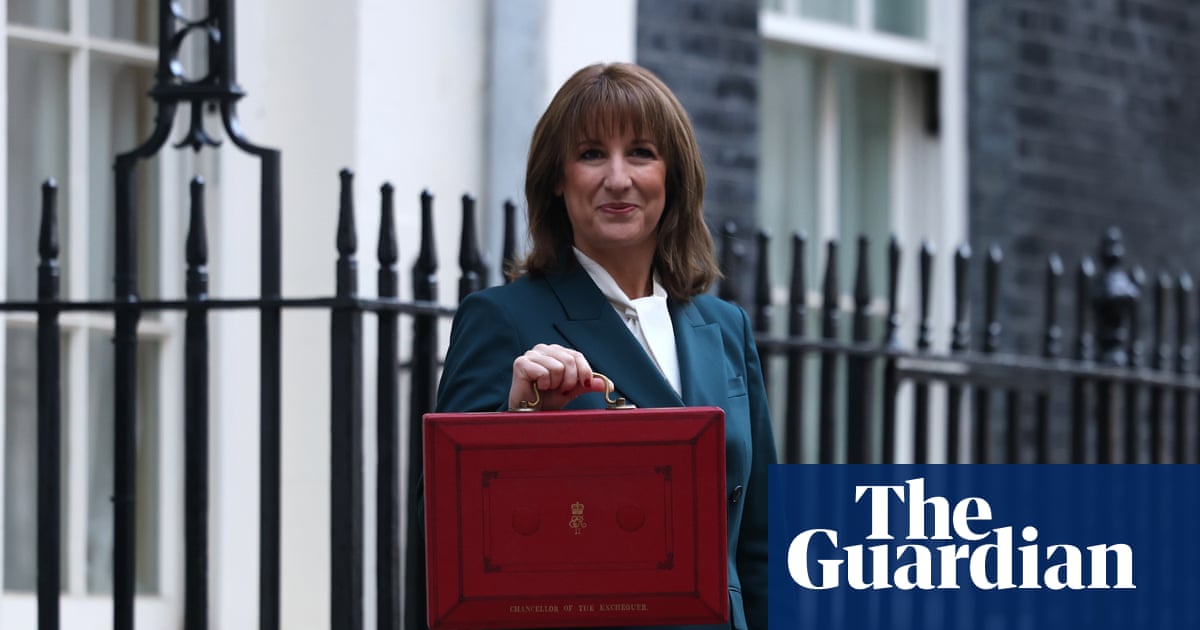It was a hell of a scoop.
Here was Bill de Blasio, the progressive former mayor of New York who has been an enthusiastic supporter of Zohran Mamdani, suddenly turning on the man whom many expect to be elected as the next mayor next month.
“While the ambition is admirable, the cost estimates – reportedly exceeding $7bn annually – rest on optimistic assumptions about eliminating waste and raising revenue through new taxes,” De Blasio apparently said of Mamdani’s plans to the UK newspaper the Times, in an article published on Tuesday.
“In my view, the math doesn’t hold up under scrutiny, and the political hurdles are substantial.”
It sounded like De Blasio might be switching camp to support Andrew Cuomo, Mamdani’s main rival for the mayoralty, in what would be an almost unprecedented about-turn. Only last month De Blasio had praised Mamdani, the 34-year-old democratic socialist, as “particularly perceptive, intelligent, open” and as recently as two weeks ago, the 64-year-old was posing awkwardly for photos in a “Hot girls for Zohran” T-shirt. He has spent much of October slagging off Cuomo on social media.
So what had prompted the reversal from the former mayor?
Well, nothing, it turns out.
“I want to be 100% clear: The story in the Times of London is entirely false and fabricated. It was just brought to my attention and I’m appalled. I never spoke to that reporter and never said those things. Those quotes aren’t mine, don’t reflect my views,” De Blasio said, demanding the paper retract the story.
“It is an absolute violation of journalistic ethics. The truth is I fully support Zohran Mamdani and believe his vision is both necessary and achievable.”
Instead, it became a lesson for journalists, and probably everyone, in verifying who you are speaking to – and being aware they might use ChatGPT to respond.
The Times, which has a small presence in the US, apologised and removed the article, saying it had been “misled by an individual falsely claiming to be the former New York mayor”.
But Semafor reported that the writer of the piece had sent an email to an address they thought belonged to De Blasio. “It’s unclear how he found that email address, but he got a response and included the quotes in his article,” it reported.
So who had the Times contacted? And what verification, if any, had it used to confirm they were talking to the ex-mayor? LinkedIn lists a total of four people with names roughly the same as Bill de Blasio, none of them the former mayor, and one of whom lists his employment as “The Duder at Dude”.
Could the Duder at Dude be behind the scam? Or what about the Bill DeBlasio who is president of La Vendemmia Wine Importers, based in Long Island, New York? According to Semafor, it’s the latter.
“I’m Bill DeBlasio. I’ve always been Bill DeBlasio,” the wine importer told Semafor.
“I never once said I was the mayor. He never addressed me as the mayor,” said, rather revealing a lack of journalistic rigour by the Times. This DeBlasio saidhe had used ChatGPT to craft his response in the style of the former mayor, and admitted: “I could have corrected him.”
Messages and a phone call to the alternate DeBlasio went unanswered on Thursday morning, the impostor having apparently gone to ground. The Duder at Dude could not be reached.
And so ends a rather silly twist in a tight New York mayoral election. But there is a lesson here, surely, for all journalists, however experienced: make sure the person you are talking to is actually who they say they are. And be wary that in the age of AI, even a wine importer can sound like an experienced politico.
Oh, and when you contact Bill de Blasio, make sure it is the one who in 2014 dropped a groundhog from height, reportedly leading to its death. Not a wine man from Long Island. And not the Duder, at Dude.

 1 month ago
32
1 month ago
32

